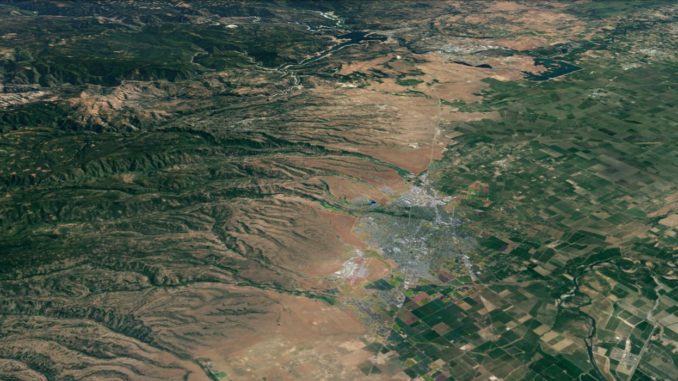
Debra Lucero has become quite the cartographer the past few months. Ever since 2020 census numbers triggered redistricting for Butte County’s Board of Supervisors, Lucero—who represents Chicoans in the current District 2—has scrutinized maps submitted for board consideration via an online portal.
Members of the public had uploaded 77 map suggestions as of last Monday (Nov. 1), with around a third coming after the Oct. 12 supervisors meeting at which the county consultant managing the process, Redistricting Partners, presented three plans based on community-drawn maps. Lucero and her colleagues gave enough critiques that Redistricting Partners may well bring different plans to the next meeting, Tuesday (Nov. 9).
The map ultimately adopted will determine the county’s representative balance. At present, two of the five supervisorial districts encompass Chico, home to around half the county’s residents—101,475 of 211,632 per the 2020 census. Conversely, the district covering the Ridge has a population gap as Paradise, recovering since the Camp Fire, suffered a loss of over 22,000 residents in the recent count—half the amount proportioned for the new districts (42,500 each, plus or minus 10 percent). Meanwhile, supervisors are divided on whether agriculture, primarily situated in one west county district spanning north Chico to Gridley, should have greater representation.
These considerations, along with dictates from the federal Voting Rights Act and state Fair Maps Act, mean that not every possibility is on the table. Who compromises, and how, could be a hot contest.
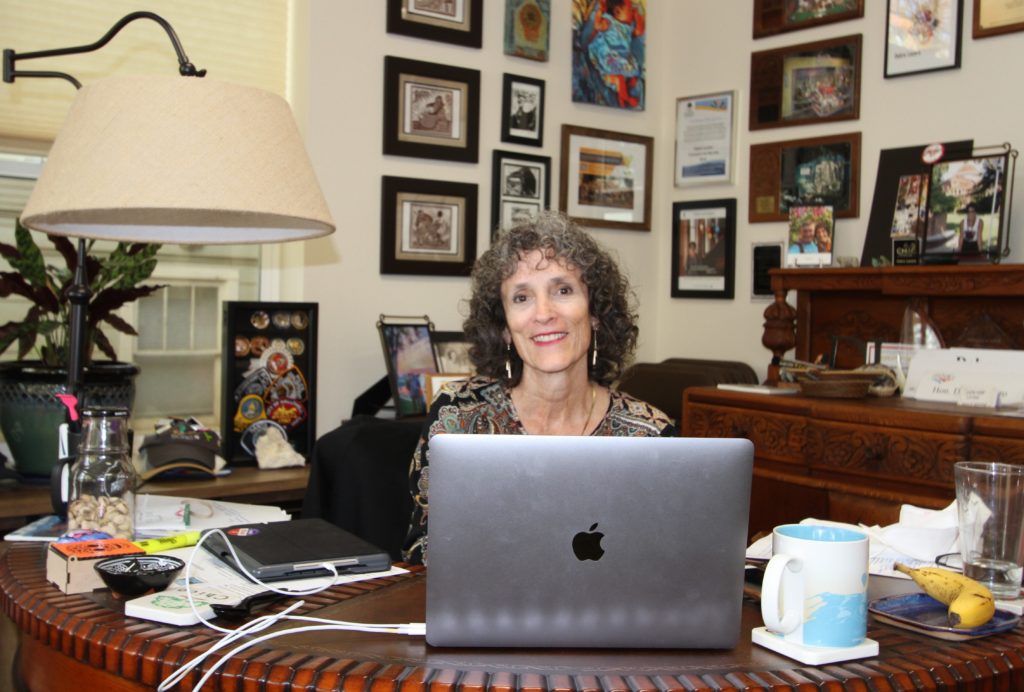
“I like that the community has been so involved [and] been able to draw maps and attend meetings and voice their concerns,” Lucero said at her downtown Chico office. “My concern is that this public input is not going to come out as a reality in the process.”
The county’s process is running concurrently with others’. California is redrawing districts for the state Legislature and U.S. House of Representatives (see wedrawthelinesca.org/visualizations). In response to litigation, the Chico Unified School District is shifting from at-large board members to district seats as Chico did for the 2020 City Council election.
Since county officials go up for election in the primary next spring, the supervisory redistricting has a tight deadline, with the final map due for approval at the Dec. 14 board meeting.
“Obviously with the devastation that Butte County has been subjected to with the Camp Fire and the North Complex Fire, and that shift of population, this is one of the most challenging redistricting processes of all time,” Brian Ring, the county’s assistant chief administrative officer, told the CN&R by phone. “You do have some leniency or some deviation where you can have one district or some districts vary in size, but they have to conform [to legal requirements].
“So, with that, District 5 is going to have to grow—but where does it grow? Does it come down into the Oroville area? Does it come down [farther] into the Chico area? Does it go more into the WUI [wildland-urban interface]? And obviously any changes there affect other districts.”
County lines
The Oct. 12 meeting, where Redistricting Partners first presented its recommended options, raised eyebrows of supervisors and the public. An issue was preserving—or, in some cases, restoring—historical connections: Bidwell Park with Chico, Barber Neighborhood with Chico, Lake Oroville with Oroville. Certain maps severed such ties for the sake of population counts.
Geographic boundaries also came up: namely, the North Fork of the Feather River for a Ridge-area district line and Highway 99 as a divider in Chico. Then came the ag discussion, which put Lucero at odds with Supervisor Tod Kimmelshue of the current rural District 4, who proposed that the county’s top industry merits more representation than from one supervisor with an expansive area.
“We don’t represent industries or land, we represent people,” Lucero told the CN&R in response. “The city of Chico has 110,000 people [including Chico State students], and we need two solid districts in Chico, not four quadrants of four supervisors representing Chico. I don’t think that’s in the spirit of the Voting Rights Act at all.”
The Voting Rights Act prohibits a jurisdiction from making a change that affects voting, including redistricting, unless it demonstrates neither a discriminatory effect nor purpose. The Fair Maps Act, passed in 2019, prohibits gerrymandering of city and county districts.

Paul Mitchell of Redistricting Partners explained to the supervisors that “the architecture that might have made sense under the prior structure simply doesn’t work. There’s too much gravitational force coming into Chico, and that makes it harder to draw the rest of the county when we’re forced to draw districts with equal population….
“Even among all the agencies we’re working with,” he added, “this is going to be one of the most disruptive redistrictings because of all the realities on the ground.”
Board President Bill Connelly, whose District 1 covers the Oroville area, told Mitchell after the supervisors and public commented, “So, I guess you have your direction: Start over.”
The consultant will review additional map submissions—some two-dozen more—and attempt to reconcile all the feedback. Ring said the public may continue to submit maps and comments ahead of Tuesday’s meeting (see info box).
Connelly advocated for Lake Oroville and for east county mountain communities to remain in his district (the latter also pushed by District 5 Supervisor Doug Teeter) while supporting Kimmelshue’s proposition—asserting apolitical intentions.
“I could easily run in Oroville and Thermalito [without having other communities in the district] and get reelected,” Connelly said. “I want to be more logical.”
Lucero, up for election in 2022 along with fellow Chico Supervisor Tami Ritter, expressed skepticism about her colleagues’ motivation: “I believe there are politics at play in this.”
[UPDATE: Four new draft maps will be presented during the Nov. 9 supervisors meeting (click on map name for link to PDF file): Map A2, Map A3, Map A4 and Map A5.]
School districting
Chico Unified’s effort stems from a pre-pandemic lawsuit, part of a statewide effort aimed at ensuring cities and school districts represent communities of color. Under the threat of litigation from law firms in Sacramento and Malibu, the city of Chico authorized district elections, which proponents say improve diversity of candidates and access for constituents. CUSD resisted until a costly court battle loomed.
In the settlement, which hasn’t been finalized, Chico Unified agreed to establish districts within its enrollment area, which extends beyond city limits. School board members get elected in November, as do city council members, but added layers of county and state approvals mean CUSD must finalize its map no later than January. The city, in an earlier phase of redistricting for council seats, just received consultant applications.
“Now is when we hope people will engage,” CUSD Board President Eileen Robinson said by phone. “We have not made a selection [among the draft maps], but we have all of the interest points identified from the board’s perspective. We have limited information from the public, so that’s what we’re trying to generate.”
Establishing districts is “not something that we would have done on our own,” added Robinson, a school board member since 2010. “But when we were faced with what the firm that sued us felt was noncompliance with the Voting Rights Act, we felt … we might as well save [school] district dollars and just comply.”
CUSD turned to Chico-based King Consulting, its longstanding consultant for demographics analysis, to manage districting. As in the county’s process, Chico Unified and the public got three maps, scheduled for consideration at the board meeting on Nov. 3. Two emphasize high schools—either separating Chico High and Pleasant Valley or including each of them in every district—while the third stresses elementary schools, among other criteria. The board will hold another map session Nov. 17 before deciding district lines Dec. 15.
Three members have terms ending next year: Robinson; Board Vice President Kathleen Kaiser, first elected in 2006; and Tom Lando, in his first term.
“There’s no consideration for incumbency,” Robinson said. “Our concern is setting the districts up appropriately. Where people [on the board] live, we haven’t even looked at it.”
Public input:
Butte County—www.buttecounty.net/redistricting/Maps
CUSD—www.chicousd.org/Our-District/Initiatives/By-Trustee-Area-of-Election-System

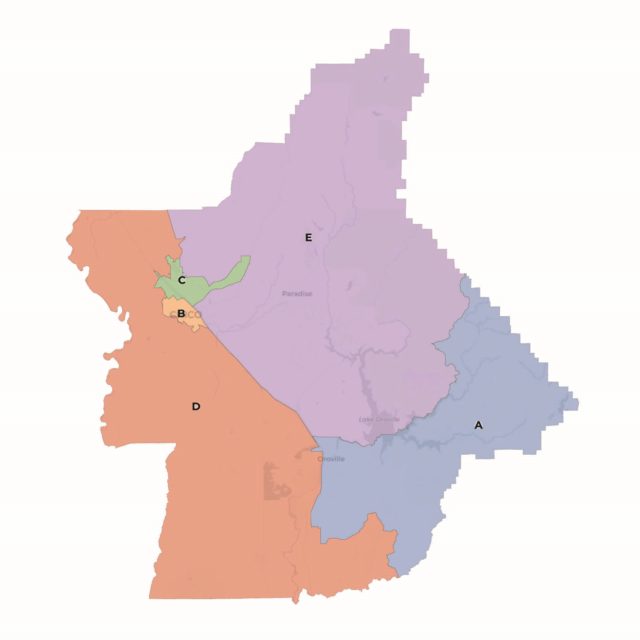
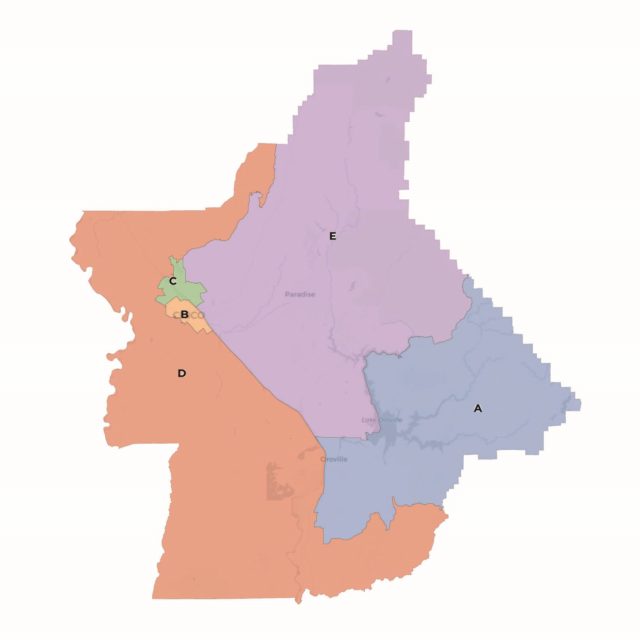
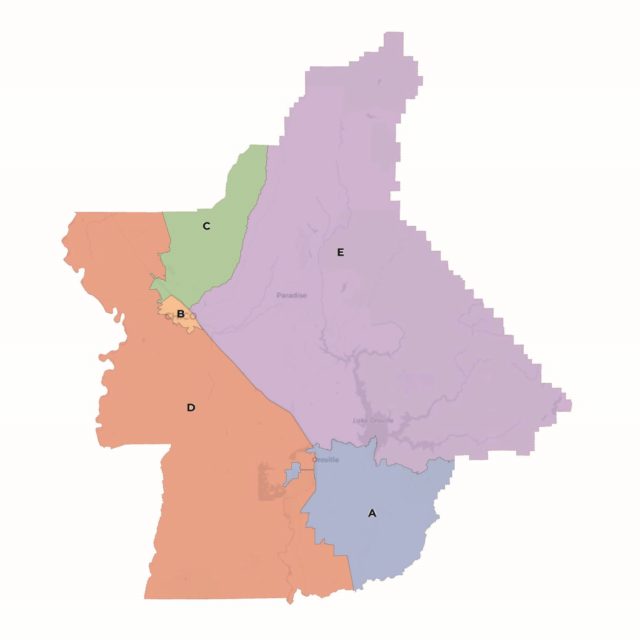
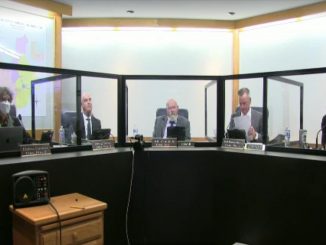
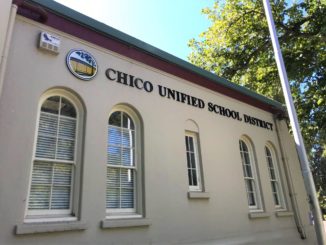
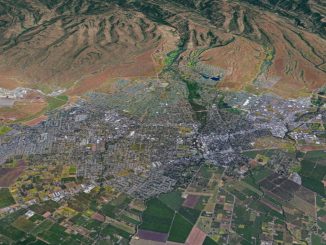
Be the first to comment